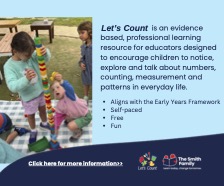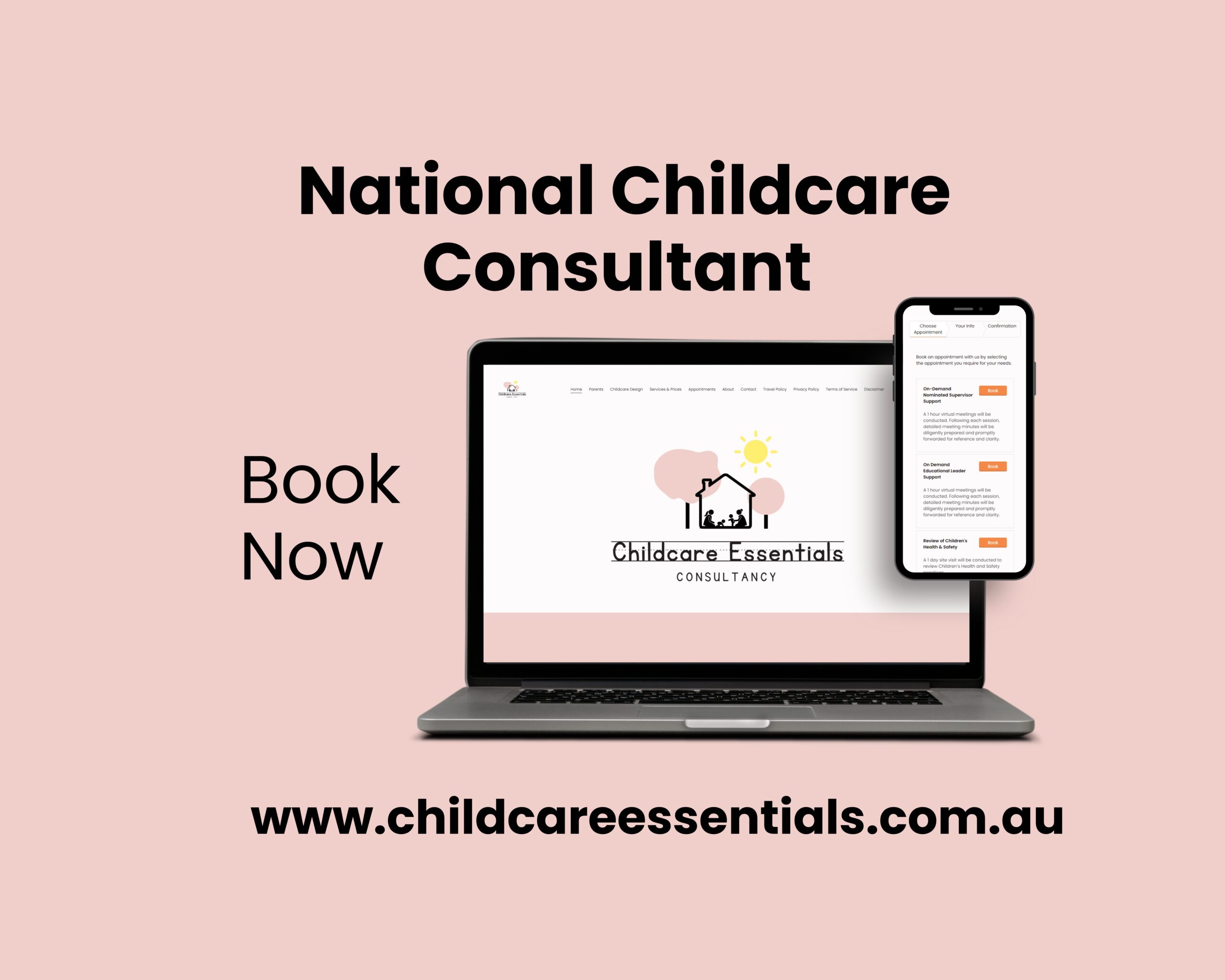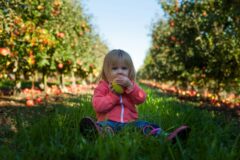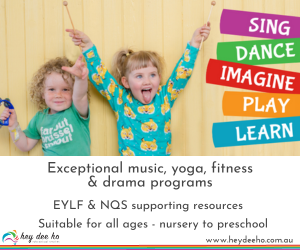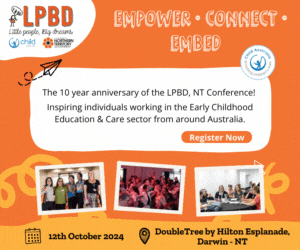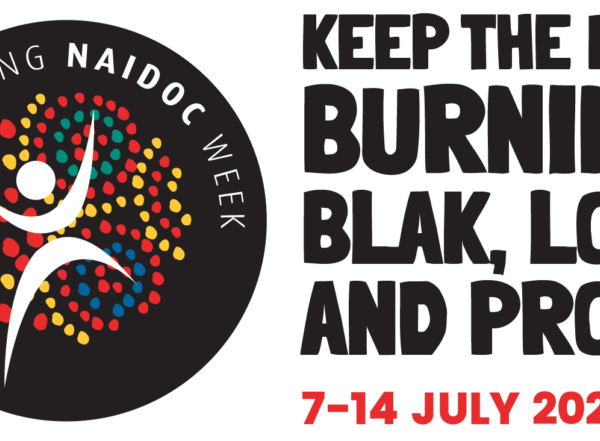5 First Nations picture books for Australian children to read during NAIDOC week – or any time
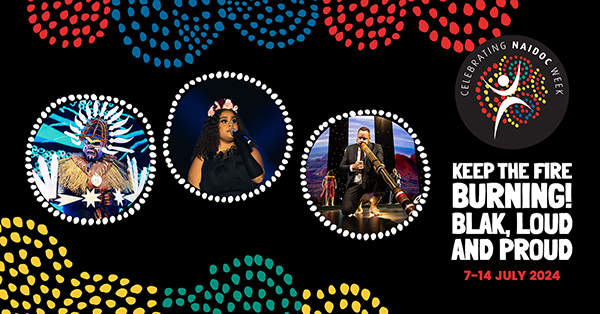
Books are powerful tools for educating and empowering children about the histories, achievements and ongoing contributions of First Nations peoples to Australian society.
The best books are those written by First Nations authors that authentically recognise and celebrate culture. Often, they are produced by First Nations publishers, such as Broome-based Magabala books or in one case, the Indigenous Literacy Foundation.
Here, then, are five such picture books to read during NAIDOC week – or indeed, any time.
1. Mrs White and the Red Desert by Josie Boyle, illustrated by Maggie Prewett
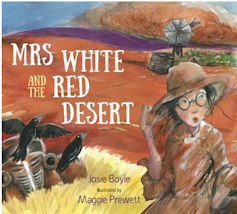
This story, written by Josie Boyle (Wongutha), focuses on three First Nations students, aged around five to eight years old, who live in a corrugated iron house in the West Australian desert. The house is exposed to the winds and the gritty red sand.
One night, the children invite their teacher, Mrs White, (a white lady dressed head to toe in white clothes) to dinner, to show her why their homework is always so grubby. They clean the house very carefully before her arrival.
The vibrant earthy tones from illustrator Maggie Prewett (Ngarluma) transport readers to the outback. Deep browns, reds and purples combine with rich golds and emeralds to give a sense of the environment. Brushstrokes mimic the descriptions in the book, curling and swirling when words like “wavy” and “higgledy-piggledy” are used.
This book is a demonstration of cross-cultural connections, with the developing relationship and understanding between Mrs White and her students. It also shows the challenges some students face.
When they are all hit with a sandstorm, whipping them with sand and spinifex, the house, the homework, and Mrs White, turn red with dust!
2. I Saw We Saw by Yolngu students at Nhulunbuy Primary School with Ann James and Ann Haddon
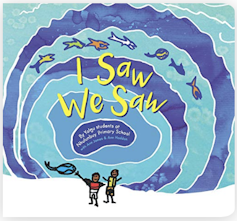
I Saw We Saw is a depiction of life for Yolngu students who live near or around Nhulunbuy, a small town in Arnhem Land. Life revolves around the sea, and there’s always something to see and do.
The book was written by Yolngu students aged from 9-12, during a series of workshops sponsored by the Indigenous Literacy Foundation. Each student also had artwork included in the book. The students also worked with Elders in their community to write their story in Dhangu, a Yolngu Matha language.
In the book, they describe different things they can see and do on Yolngu Country, such as playing on the sand, swimming, collecting shells, seeing birds flying and watching fish swimming and leaping.
By immersing readers in their community, this book captures the students’ lives. Readers can learn about and appreciate the culture and daily experiences of the Yolngu peoples.
3. Respect by Aunty Fay Muir and Sue Lawson, illustrated by Lisa Kennedy
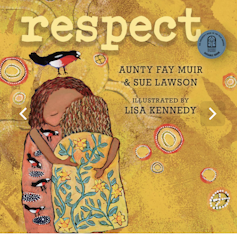
Respect, written by Aunty Fay Muir (Boonwurrung) and Sue Lawson, celebrates First Nations ways of life, introducing them to young readers with the very first cultural principle informing all Aboriginal and Torres Strait Islander nations – respect.
The book was illustrated by Lisa Kennedy (Pairebeenne/Trawlwoolway) and is full of rich colour and powerful images of both people and landscapes: an Elder and a young person sitting together, a twinkling night sky, Elders gathered around a fire, coastlines and gum-leaves. The colours are deep reds, browns and blues, connecting us to the natural Earth and to Country.
The beautiful descriptions in this book share First Nations ways of knowing, being and doing and teach children the importance of family and how we all need to listen, learn and share.
4. Welcome to Country by Aunty Joy Murphy, illustrated by Lisa Kennedy
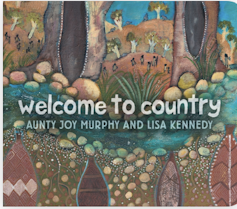
Welcome to Country explains the process of a Welcome to Country, describing how this would occur on Wurundjeri lands.
Elder Aunty Joy Murphy (Wurundjeri) introduces and gives meaning and explanation to the custom of a Welcome, accompanied by captivating artwork of Country also by Lisa Kennedy. The illustrations are a mix of bright, vibrant blocks of colour and First Nations artworks.
This book is a reminder to non-First Nations peoples that each community has its own language, belief systems and protocols. It explains how Aboriginal communities across Australia have boundaries defined by mountains and waterways. Traditionally, permission was needed to cross these boundaries from a neighbouring community: this is when a Welcome to Country took place.
Each community has its own way of welcoming to Country. The book then takes the reader through a Wurundjeri welcome, introducing the creator spirit and inviting the reader to take a leaf from the branches of the white river gum as part of it.
“We are part of the land, and the land is part of us,” writes Aunty Joy. “We feel the roots of the land through the soles of our bare feet.”
5. Finding our Heart by Thomas Mayo, illustrated by Blak Douglas
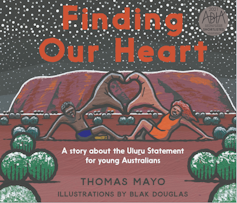
This children’s picture book based on the Uluru Statement from the Heart, written by Thomas Mayo (Kaurareg, Kalkalgal, Erubamle), contains information about the history of Australia from a First Nations perspective.
The book includes life prior to colonisation, and some of the practices such as caring for Country, singing, dancing, working, learning and sharing. It discusses in a child-appropriate manner, colonisation, and ways to move forward together as First Nations and non-First Nations peoples. How, asks Mayo, “can we find the heart of the nation?‘
The book was illustrated by Blak Douglas (Dhungatti) and contains lots of bold, bright colours depicting different scenes, along with the AIATSIS Map of Indigenous Australia and the Uluru Statement from the Heart.
There is further information at the back for slightly older children, catering for five to ten year olds. This book will spark conversations, as the author places his trust in the children to find Australia’s heart.![]()
Emerson Zerafa-Payne, Lecturer, University of Southern Queensland
This article is republished from The Conversation under a Creative Commons license. Read the original article.








